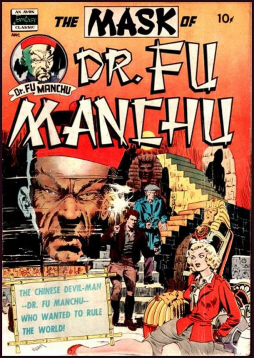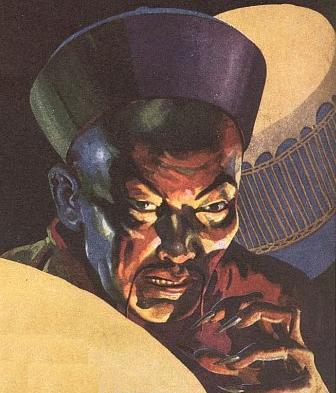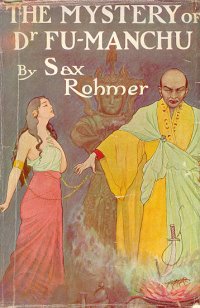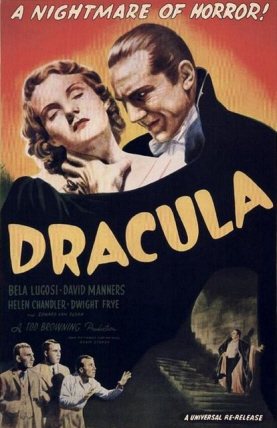Fu Manchu in Comics
 From his first appearance in print in the pages of The Story-Teller in October 1912, Sax Rohmer’s criminal mastermind, Dr. Fu Manchu took the world by storm. While Rohmer would complete three novels featuring the character between 1912 and 1917, the Devil Doctor would extend his domain to include film and comics in the fourteen years before Rohmer bowed to commercial demand and revived the series.
From his first appearance in print in the pages of The Story-Teller in October 1912, Sax Rohmer’s criminal mastermind, Dr. Fu Manchu took the world by storm. While Rohmer would complete three novels featuring the character between 1912 and 1917, the Devil Doctor would extend his domain to include film and comics in the fourteen years before Rohmer bowed to commercial demand and revived the series.
Leo O’Mealia was responsible for adapting Rohmer’s three original novels into a daily newspaper strip, Fu Manchu from 1930 to 1931 while Warner Oland was occupied starring as the character in three feature films and a short for Paramount. Oland, incidentally, was the second screen Fu Manchu following Harry Agar Lyons in the 1920’s.
The comic strips were later colored and edited as a back-up feature in the pages of Detective Comics which top-lined a new comic character in the pulp tradition known as The Batman.
Despite the fact that Rohmer went to great pains to make it clear that the Devil Doctor was clean-shaven, the very first magazine illustrators to tackle the character were responsible for grafting upon his terrifying visage the stereotypical Chinese moustache known today as a Fu Manchu.
O’Mealia presented Fu Manchu devoid of facial hair in his daily strip, but in place of Rohmer’s famous description of “a brow like Shakespeare and a face like Satan,” the artist depicted a repulsive hunchbacked gargoyle.


 Dracula by Bram Stoker frequently vies with The Maltese Falcon by Dashiell Hammett as my favorite book.
Dracula by Bram Stoker frequently vies with The Maltese Falcon by Dashiell Hammett as my favorite book.